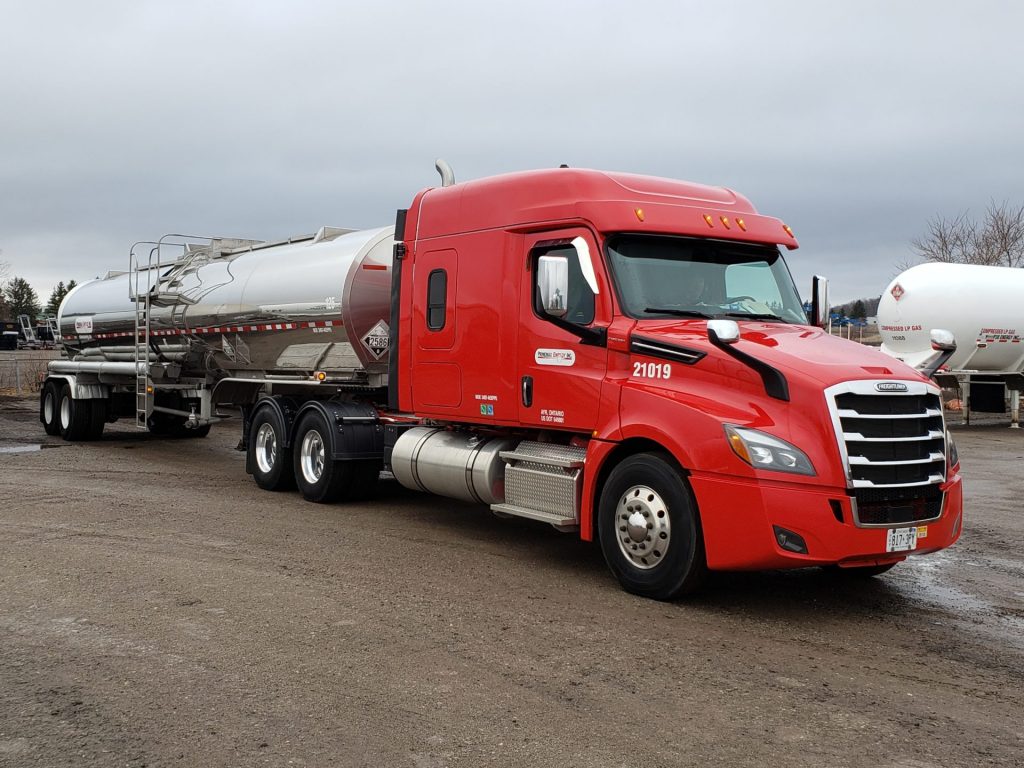Content Attributes
Many people aren’t sure how most of the liquid products they buy reach the shelves of the store they go to daily. Most liquids arrive at a packaging factory ready to go into the specified containers, but some transporters must make the drive.
Another industry that uses bulk liquid transport is the fuel industry. The industry’s tanker trucks are on almost every major route, and some people do their best to avoid these large vehicles and their explosive cargo.

Various products and ingredients are shipped this way, and knowing more about the process could ease the fears of driving next to these massive truckloads full on a busy roadway. Below are a few things to know about bulk liquid transport that most people are unaware of:
There Are Different Kinds Of Liquid To Transport
Most people understand that a liquid is a viscous substance that flows when poured from one container to another. Although they differ in viscosity, they are all transported in bulk from one place to another.
Some commonly transported bulk liquids include oil, alcohol, syrup, vinegar, milk, chemicals, fuel, and colorants. These products start their journey from the factory that manufactures them and end up at another where the packaging and distribution will take place.
Construction sites could also rely on the bulk transport of water where tanks that mount onto trucks are the main form of transportation. These trucks supply fresh water to workers, or it could contain grey water used during the construction process.
Various Ways Of Transport Are Possible
Although manufacturers or suppliers move bulk liquid freight in tanker vehicles, there are other ways of transporting bulk amounts of liquid. With technology improving throughout the industry, there are now more choices for manufacturers of fluid materials.
Liquids in separate containers that still amount to a full truckload are called a breakbulk shipment. Some companies prefer this method, which could come as a client request. These containers can quickly load onto a standard closed truck for transport instead of a tanker.
When the size of the bulk freight differs between deliveries, manufacturers still have a solution for them to ship their products. Some industrial-strength bags can hold smaller amounts but fit on a container vehicle. This method saves the company valuable time and money.
Transport Tanks Differ In Size
We have seen above that there could be different needs regarding liquid transport and that the load size won’t always be the same. If using the bag and container truck is not optimal, smaller tanker trucks are available for manufacturers. When scheduling a collection and delivery, mention the exact size and type of content the tanker will ship, so that they can use the correct one.
Specific Rules And Regulations Are In Place
For everyone’s safety during the transport process, many countries and regions have specific rules and regulations regarding bulk liquid transport, especially when shipping flammable or hazardous materials.
The general rule is not to smoke or use an open flame near any vehicle transporting liquids and to heed any other warnings they have to display on the side of the truck. A truck transporting liquids should have signs indicating what type of cargo they are carrying and whether it could potentially be harmful to humans or the environment.
Things That Could Go Wrong
Driving a truck with a whole load of bulk liquid can be very tricky, so companies use experienced drivers with the necessary training to move the freight. Drivers should receive training to handle the size, unbalanced load, and emergency procedures for transporting the specific type of liquid they are moving.
Depending on the type of liquid shipped, the driver should also be mindful of how they drive so the products aren’t compromised in any way, especially when transporting edible items.
Companies Can Make Use Of A Third Party
A large vehicle could mean high costs for maintenance and operation, which is not something most companies can take on alone. For this reason, they could outsource the transportation to a third party with a fleet of vehicles suited for this purpose to optimize the operations. Even though the drivers are not the product owners, they are responsible for getting their cargo safely from one point to another.
To Conclude
Bulk liquid transport is more complex than most people would think. Suppliers should consider many things before sending off the shipment and even during transportation. Above all, companies should rely on reputable third parties or methods to safely send their cargo on its way and maintain its integrity for a smooth ride.



